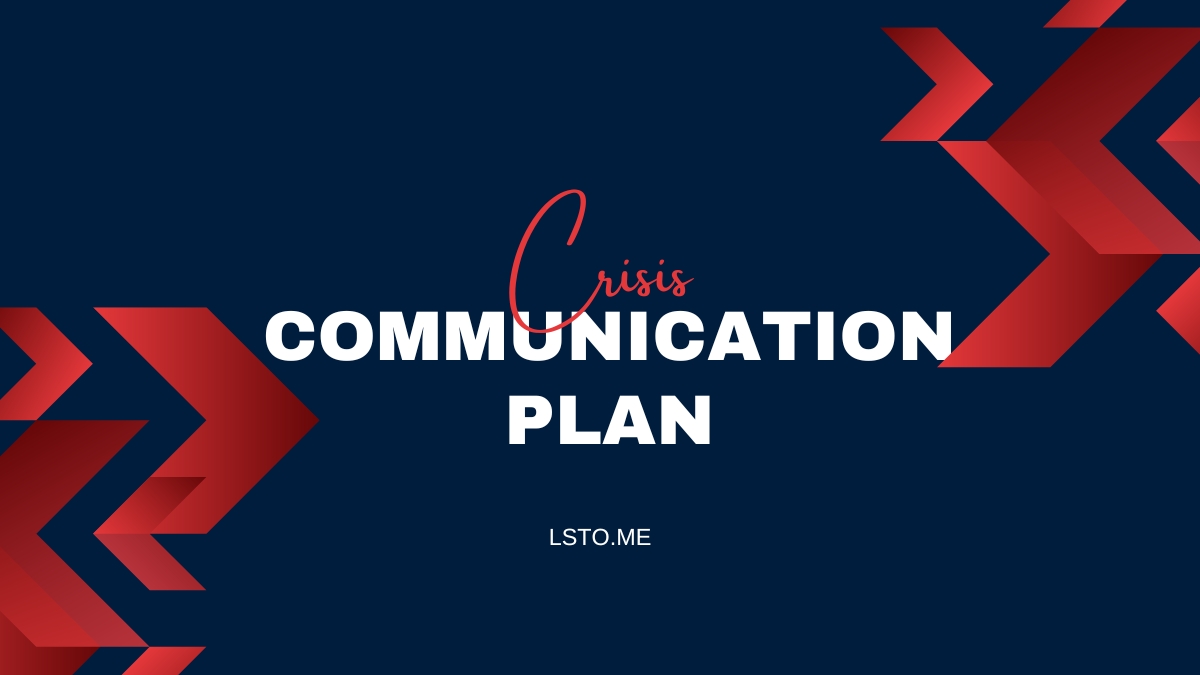
A crisis can happen anytime, anywhere, and to any business or organization. Having a crisis communication plan in place is crucial to minimize the impact of a crisis and protect the reputation of your business. Here are five key elements that every effective crisis communication plan should include:
1. Clear Communication Protocols
In times of crisis, it is essential to have a comprehensive plan in place that outlines the chain of command and communication protocols. Doing so ensures all personnel is aware of who is leading the response effort, their roles and responsibilities, and how they should communicate with each other. Having a clear crisis communication plan can be a key element in mitigating the long-term effects of an emergency.
To create an effective crisis communication plan it must consider both internal and external stakeholders such as staff, members of the public, media outlets, and emergency services. A successful plan should include detailed instructions for every step of an emergency response which outlines procedures for notifying people about potential or actual threats quickly and accurately. It should also guide how to effectively communicate during a crisis, providing visibility into operations without compromising information security or privacy.
2. Consistent Messaging
In today’s world, consistent messaging is a key element of any crisis communication plan. When unexpected events occur, people need to have access to accurate and reliable information to understand the situation and respond appropriately. Consistently delivering messages that are clear, concise, and on-brand is essential for effective communication during times of crisis.
By having a well-crafted communication plan in place before a crisis occurs, organizations can ensure their message remains consistent across all channels. An effective approach involves developing pre-approved messages that can be tailored for different platforms or audiences based on the needs of each situation. Additionally, it should include designated spokespeople who are prepared to deliver those messages authoritatively when needed.
3. Rapid Response
In a crisis, rapid response is essential. A well-planned communication strategy is key to effective management of the situation. Knowing who needs to be informed and how quickly can help organizations minimize the impact of any emergency or disruption.
A successful crisis communication plan should include a team of people ready to respond and provide information quickly, especially during times of uncertainty when stakeholders require timely updates. One key element in developing this plan is identifying the key stakeholders; these are individuals or groups that need to be notified for the organization to effectively manage its response. Key stakeholders may include customers, employees, shareholders, suppliers, and other interested parties who may be impacted by the event or situation.
4. Flexibility
Every crisis is unique and requires a tailored response. Therefore, flexibility should be the key element of any crisis communication plan. This means taking into account the different types of crises, from natural disasters to economic downturns or pandemics. Each situation requires specific strategies and plans to craft an effective communication approach that reflects the individual needs of each crisis.
Creating a flexible crisis communication plan allows organizations to quickly adjust their messaging depending on how a particular event evolves. It involves being proactive in anticipating potential changes, as well as having an understanding of how to respond quickly when those changes occur. This includes utilizing different channels such as social media, email campaigns, traditional media outlets, and more to communicate with stakeholders in times of need. Having this type of preparedness provides organizations with the assurance they can respond swiftly and accurately during a time when clarity is paramount.
5. Training and Testing
When it comes to a crisis communication plan, training, and testing are key. Without the right training and proper testing, the plan is rendered ineffective during an emergency or unexpected event. This makes it essential for organizations to understand the importance of training and to test their crisis communication plan as a key element.
Regularly scheduled training should be conducted with all employees involved in implementing the crisis communication plan. During this training, employees should be made aware of their roles and expectations, as well as an overall understanding of how different aspects of the plan need to work together. Additionally, these sessions can allow individuals to ask questions about any potential confusion with their assigned tasks before embarking on real-life implementations.
Testing also plays a major role in making sure that your crisis communication plan is ready for use when needed.
Conclusion
A crisis communication plan is essential to protect your business’s reputation and minimize the impact of a crisis. By including clear communication protocols, consistent messaging, rapid response, flexibility, and training and testing, your plan can help your business weather any storm.